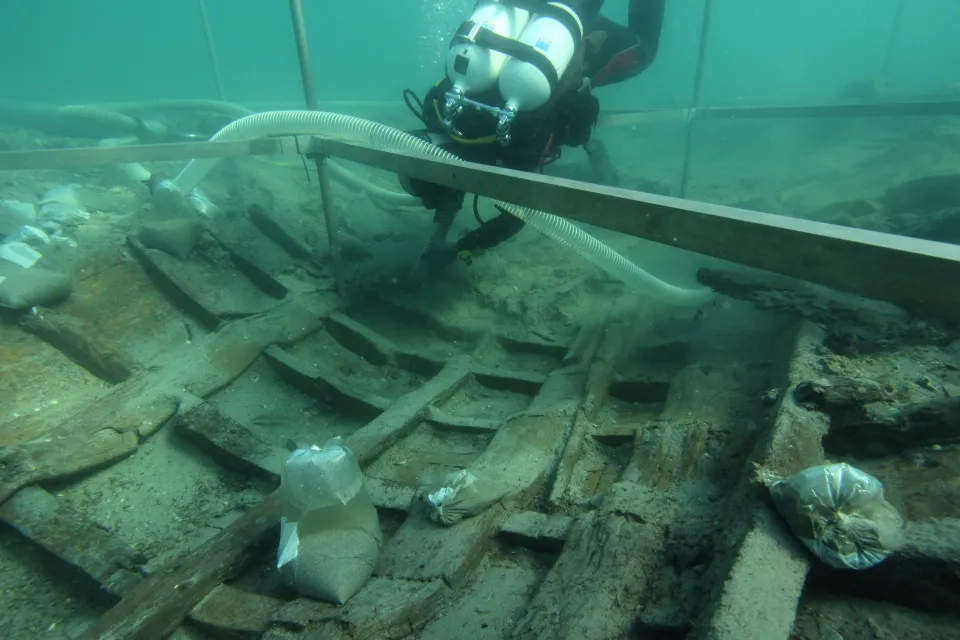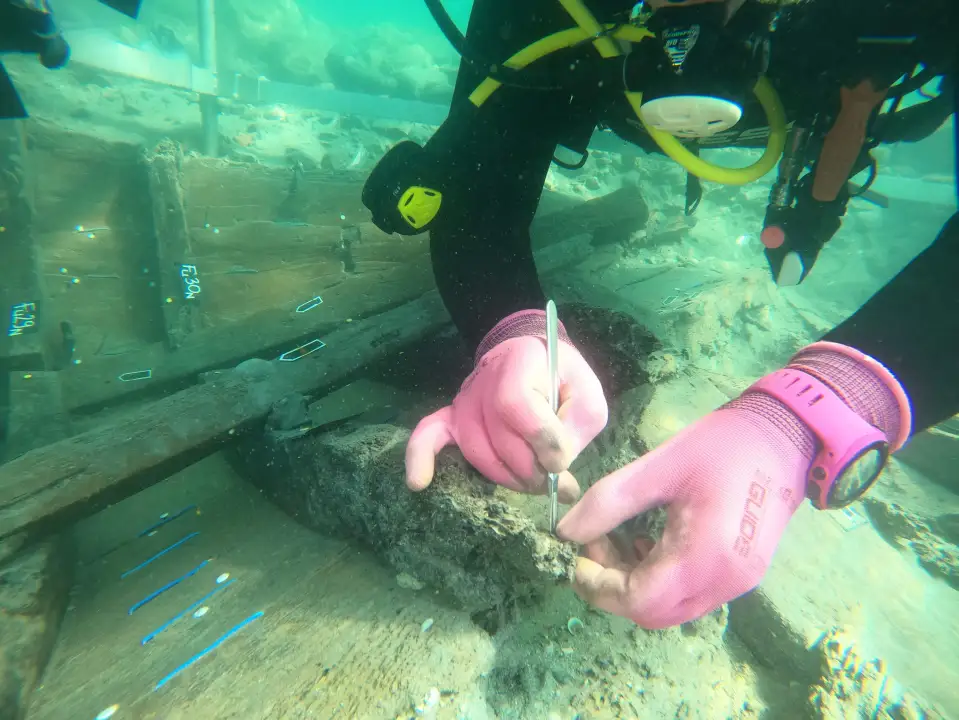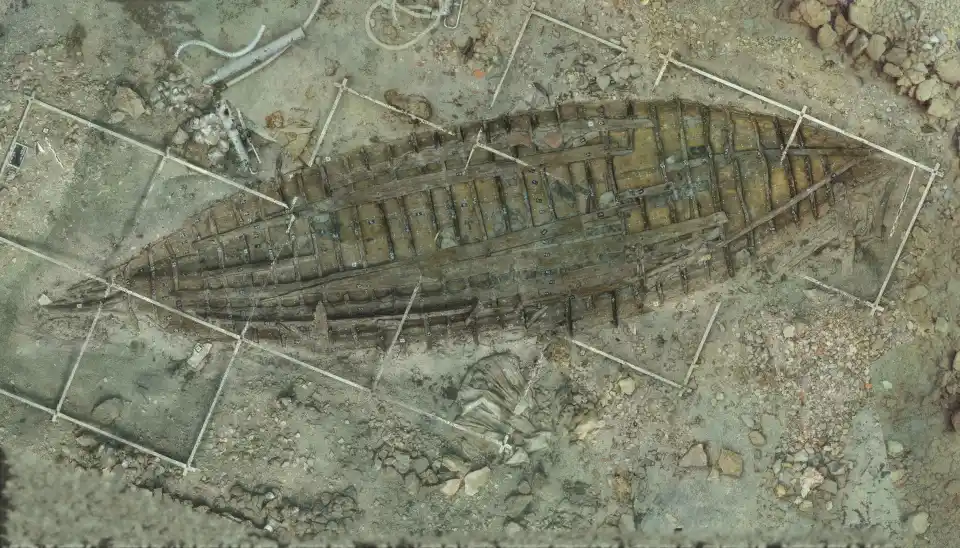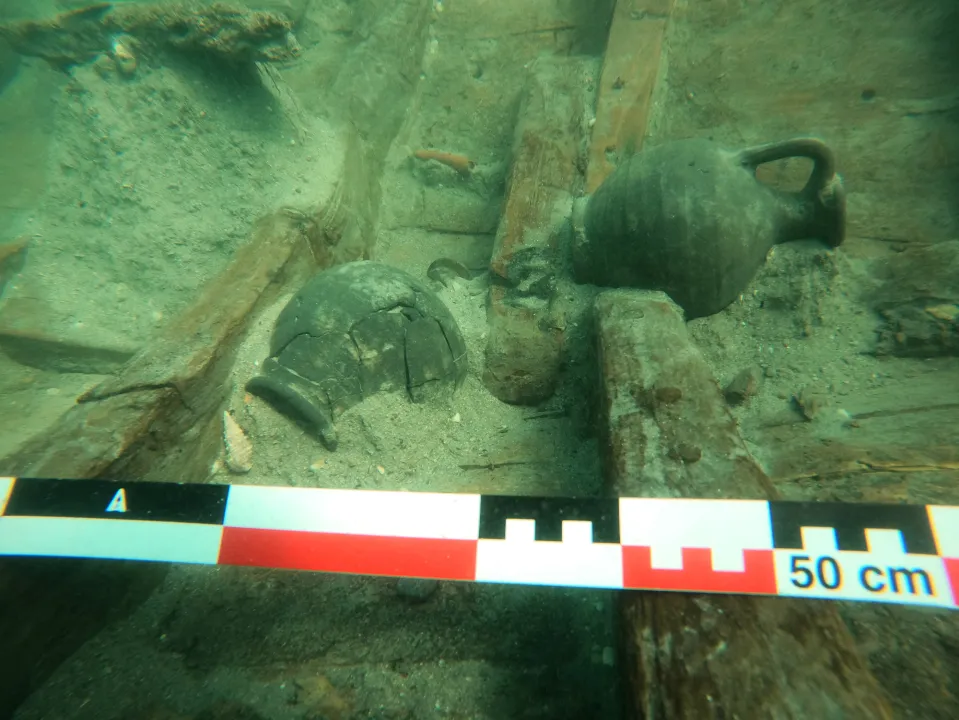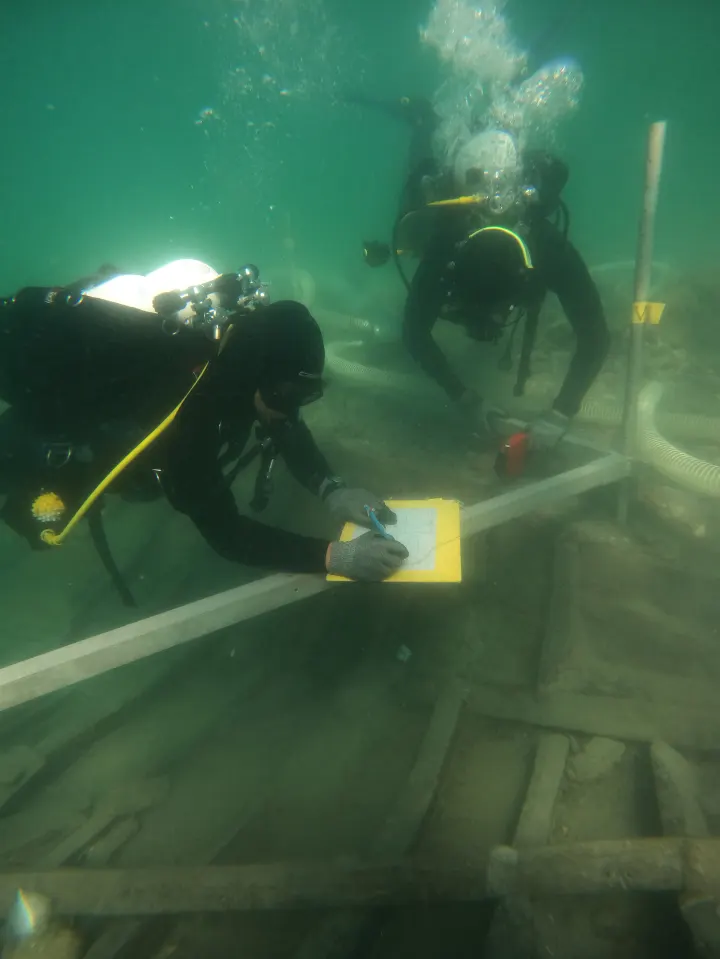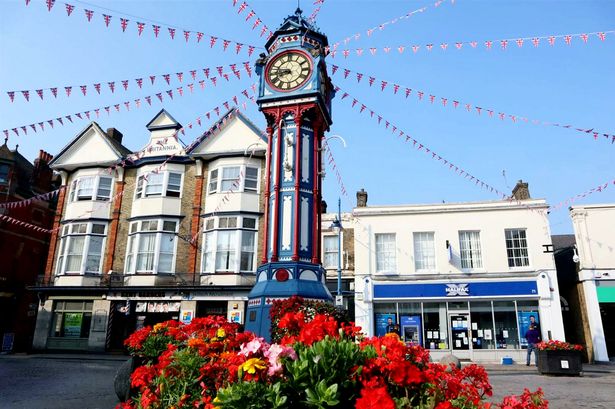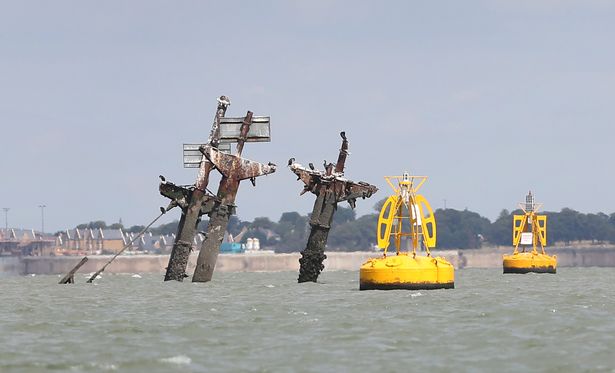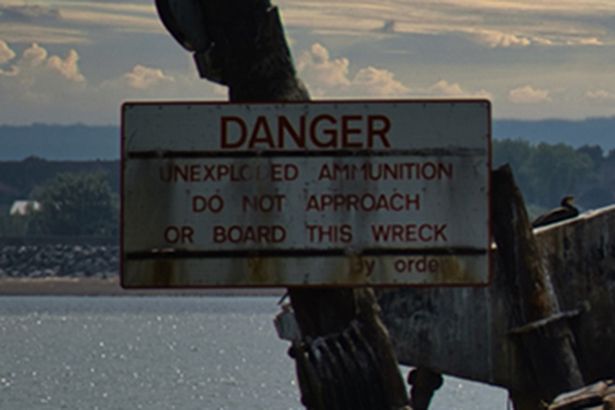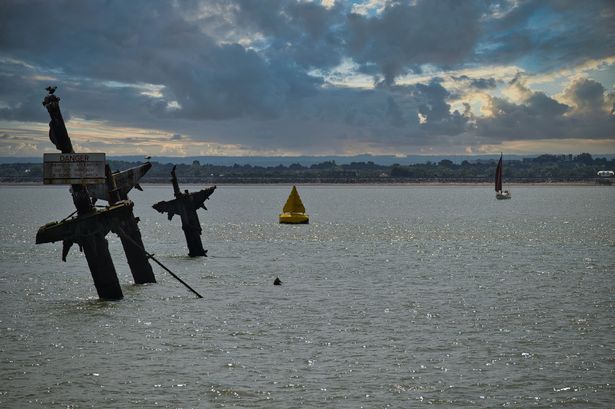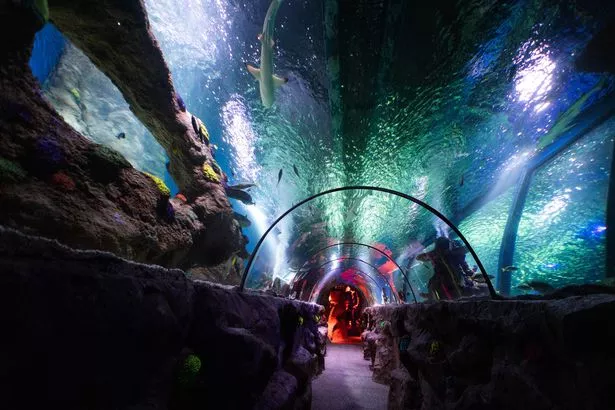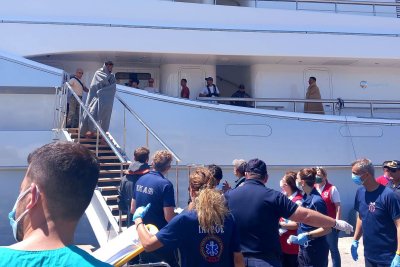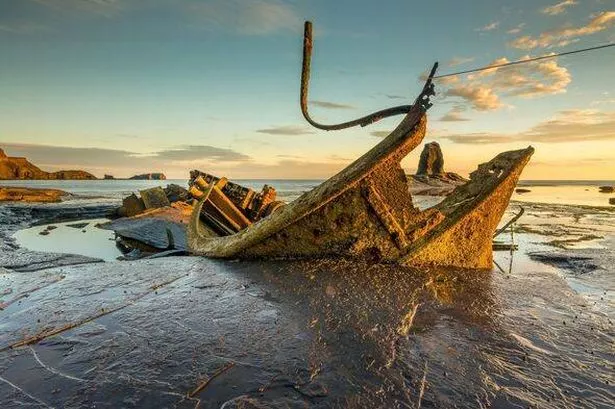Fresh concerns the UK’s ‘doomsday ship’ could blow up were sparked after a cargo ship was recently spotted sailing perilously close to the exclusion zone
An unassuming seaside town with pastel beach huts and pebble shores is bizarrely home to its very own ticking time bomb.
Situated on the northwest corner of the Isle of Sheppey in north Kent, Sheerness looks like any other coastal resort at first glance. With sweeping views of the Thames Estuary, rows of flashing arcades, a slew of fish and chip shops, and a popular promenade that runs along a shingle beach – it ticks all of the quintessential seaside must-haves.
Dating back to the Bronze Age, Sheerness’ history is what really sets it apart from the rest. It owes much of its origins as a Royal Naval dockyard town, after Henry VIII required the River Medway as an anchorage for his army, and ordered that the mouth of the river be protected by a small fort. Samuel Pepys established the Royal Navy Dockyard in the 17th century, where warships were stocked and repaired until its closure in 1960.
READ MORE: Tiny UK island ‘abandoned by humans’ after ambitious £3m plan axed decades ago
But, in 1944, just a year before the Second World War came to an end, a US Liberty Ship named SS Richard Montgomery, was loaded with around 7,000 tons of munitions and joined over convoys bound for the UK and then on to Cherbourg in France.
After arriving in the Thames Estuary, the vessel was directed to anchor in the Great Nore just off Sheerness to wait for instructions to cross the Channel. However, on August 20, it all went wrong.
“The vessel grounded amidships on the crest of the sandbank. Intensive efforts began to unload her cargo,” GOV UK explains. “Unfortunately, by the next day, a crack appeared in the hull and the forward end began to flood. The salvage effort continued until September 25, by which time approximately half of the cargo had been successfully removed. The salvage effort had to be abandoned when the vessel finally flooded completely.”
Now, the wreck of the SS Richard Montgomery remains on the sandbank, her masts clearly visible above the water. There are still approximately 1,400 tons of explosives contained within the forward holds – sparking fears it could explode at any time.
The government has reassured the public that the risk of a ‘major’ detonation is ‘believed to be remote’ – but that monitoring the condition of the wreck is essential. “Surveys are carried out by the MCA on a regular basis to ensure that any changes to the wreck, or its immediate environment, are discovered quickly,” the Maritime and Coastguard Agency states.
“It is clear from the results of these surveys that the hull is subject to the prevailing environmental conditions and is showing evidence of gradual deterioration. However, the wreck is considered to be in a stable condition.”
The wreck is under 24-hour radar surveillance and is designated under the Protection of Wrecks Act 1973. An exclusion zone is clearly marked around it, but recent fears emerged after a cargo ship was pictured sailing perilously close to the ticking time bomb.
Eastchurch resident James Dewey, who spotted a WEC Lines container ship edging closer to the exclusion zone – marked by buoys, told reports: “It was worrying when I was sitting there looking at doomsday.” Officials confirmed the ship did not breach the exclusion zone, but the event still re-sparked interest in the ship’s potential to wreak havoc.
As previously reported, a 1970 report from the Royal Military College of Science predicted a huge tsunami more than 3,000 metres high would be caused if its payload was to detonate. Nearby Sheerness would also be engulfed in the carnage.
Do you have a story to share? Email us at [email protected] for a chance to be featured.
